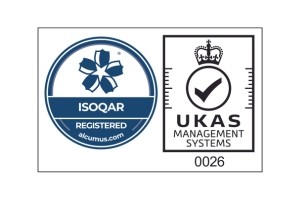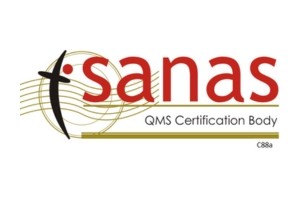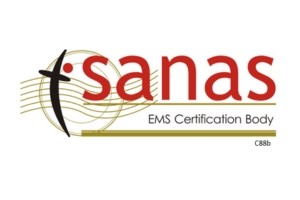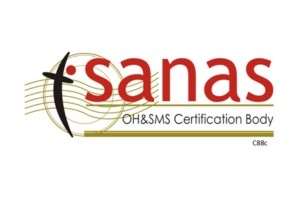There are six (6) implementable clauses within ISO 45001:2018
Occupational Health and Safety Management Standard.
ISO 14001:2015 Environmental Management Systems – requirements with guidance for use
There are a number of reasons why an organisation chooses to implement an environmental management system. These reasons include:
- To demonstrate management commitment;
- Responding to pressure from interested parties (stakeholders);
- Acting in a socially responsible manner;
- Reducing the risk of prosecution;
- To meet regulatory requirements including permits.
This series of blogs aims to assist you to understand the requirements of ISO 14001:2015.

Clause 8 Operation
ISO 14001:2015 clause 8 Operation deals with the execution of the plans and processes that enable the organization to meet their environmental objectives. There are specific requirements that relate to the control or influence exercised over outsourced processes and the requirement to consider certain operational aspects ‘consistent with a life cycle perspective’. This means giving serious consideration to how actual or potential environmental impacts happening upstream and downstream of an organization’s site-based operations are influenced or (where possible) controlled. Finally, the clause also covers the procurement of products and services, as well as controls to ensure that environmental requirements relating to design, delivery, use and end-of-life treatment of an organization’s products and services are considered at an appropriate stage.

8.1 Operational planning and control
The organization must establish, implement, control and maintain the processes needed to meet environmental management system requirements, and to implement the actions to address risk and opportunity as identified in 6.1 and implement actions to meet Environmental objectives as identified in 6.2. This can be done by establishing operating criteria for the processes and implementing control of the processes, in accordance with the operating criteria.
Controls can include engineering controls and procedures. Controls can be implemented following a hierarchy (e.g. elimination, substitution, administrative) and can be used individually or in combination. The organization must control planned changes. In case the changes are unintended, the organization must review the consequences of unintended changes and must take action to mitigate any adverse effects, as necessary. The organization must also ensure that outsourced processes are controlled or influenced. The type and extent of control or influence to be applied to the processes must be defined within the environmental management system.
Operation planning and control should be in consistent with a life cycle perspective. In consistent with a life cycle perspective the organization must establish controls, as appropriate, to ensure that its environmental requirements are addressed in the design and development process for the product or service, considering each life cycle stage. The organization must also determine its environmental requirements for the procurement of products and services as appropriate. It must communicate its relevant environmental requirements to external providers, including contractors. It must consider the need to provide information about potential significant environmental impacts associated with the transportation or delivery, use, end-of-life treatment and final disposal of its products and services. The organization must maintain documented information to the extent necessary so as to have confidence that the processes have been carried out as planned.

8.2 Emergency preparedness and response
The organization shall establish, implement and maintain the processes needed to prepare for, and respond to potential emergency situations identified in clause 6.1.1. The organization must be prepared to respond by planning actions to prevent or mitigate adverse environmental impacts from emergency situations. The organization must respond to actual emergency situations and take action to prevent or mitigate the consequences of emergency situations, appropriate to the magnitude of the emergency and the potential environmental impact.
It must periodically test the planned response actions, where practicable. It must periodically review and revise the processes and planned response actions, in particular after the occurrence of emergency situations or tests. It must provide relevant information and training related to emergency preparedness and response, as appropriate, to relevant interested parties, including persons working under its control. The organization should maintain documented information to the extent necessary to have confidence that the processes are carried out as planned.
When planning its emergency preparedness and response processes, the organization should consider:
- the most appropriate method for responding to an emergency situation;
- internal and external communication processes;
- the actions required to prevent or mitigate environmental impacts;
- mitigation and response action to be taken for different types of emergency situations;
- the need for post emergency evaluation to determine and implement corrective actions;
- periodic testing of planned emergency response actions;
- training of emergency response personnel;
- a list of-key personnel and aid agencies including contact details (e.g. fire department, spillage clean-up services);
- evacuation routes and assembly points;
- the possibility of mutual assistance from neighboring organizations.
Despite an organization’s best efforts, the possibility of accidents and other emergency situations still exits. Effective planning and preparation can reduce injuries, protect employees and neighbors, reduce asset losses and minimize production downtime.
Join our mailing list to receive upcoming posts: http://www.isoqar.co.za/





